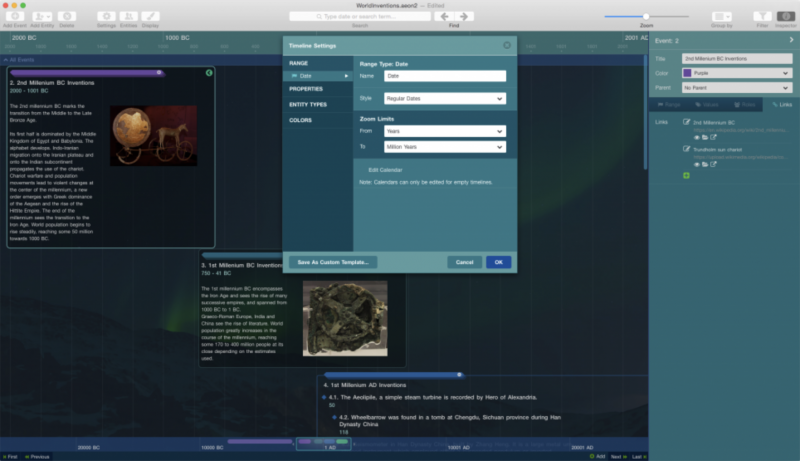

Once we accept that history should extend beyond the era of written sources, it opened the possibility to go much further. Here he challenged one of the foundational premises of modern historical analysis.

At a time when, in Jean-François Lyotard’s memorable phrase from 1979, an ‘incredulity towards metanarratives’ represented the era’s postmodern condition, Christian headed in the opposite direction.Ĭhristian not only argued that historians should broaden their narratives beyond their narrow specialisations, he also questioned the necessity of focusing solely on the era of history documented by written records. Christian’s discipline of history, for instance, had grown fragmented into geographic and temporal specialisations, while narrow studies of archival sources were preferred to large-scale narratives that were more common earlier in the century. This trend played a role in further dividing the ‘two cultures’ of knowledge represented by the arts and sciences, but also led to divisions within those two cultures as well. The course promised to transform the way students were taught history by focusing on the big picture and what united all humans rather than what divided them.Īt the time, Christian was reacting to a trend in academic life towards increasing specialisation. The idea for the course was to situate human history within a grand historical narrative that stretched backwards in time to the origins of the cosmos in the Big Bang and forwards to include the present and future development of the human species. He based it on an interdisciplinary course that he had been teaching at Macquarie University in Sydney that brought together faculty members from the sciences and the humanities. Three decades later, it’s time to take a look at how Big History has fared.ĭavid Christian first made the case for what he called ‘Big History’ in an article in the Journal of World History in 1991. Big History also promised to fill the existential void left by the ostensible erosion of religious beliefs. This universal story, in turn, would provide students with a basic framework for their subsequent studies – and for life itself.

The goal was to produce a story of life that could be discerned by synthesising cosmology, geology, evolutionary biology, archaeology and anthropology. SOAR was selected as the pathfinder facility for incorporating the 4-meter and larger telescopes into AEON.Ĭonceptual view of AEON receiving transient and other time-domain event data - now from the Zwicky Transient Facility (ZTF) and soon from Rubin Observatory - and facilitates efficient follow-up with a range of telescopes within minutes.Big History burst on to the scene 30 years ago, promising to reinvigorate a stale and overspecialised academic discipline by situating the human past within a holistic account at a cosmic scale. Blanco 4-meter Telescope to build such a network for the Vera C. At the heart of the network, Las Cumbres Observatory has joined forces with NOIRLab and its 4.1-meter SOAR Telescope, Gemini Observatory and soon the Víctor M. AEON is a facility ecosystem for accessible and efficient follow up of astronomical transients and time-domain astronomy. The Astronomical Event Observatory Network ( AEON) provides rapid, flexible, programmable access to world-class telescope facilities. Observatories providing this critical follow-up must become capable of responding on similar timescales and with a flexibility governed by the demands of the science. Yet many will require additional observations in order to understand the physical phenomena and maximize the scientific return. Modern astronomical surveys can now deliver tens of thousands of new discoveries every night, with alerts generated within minutes.


 0 kommentar(er)
0 kommentar(er)
